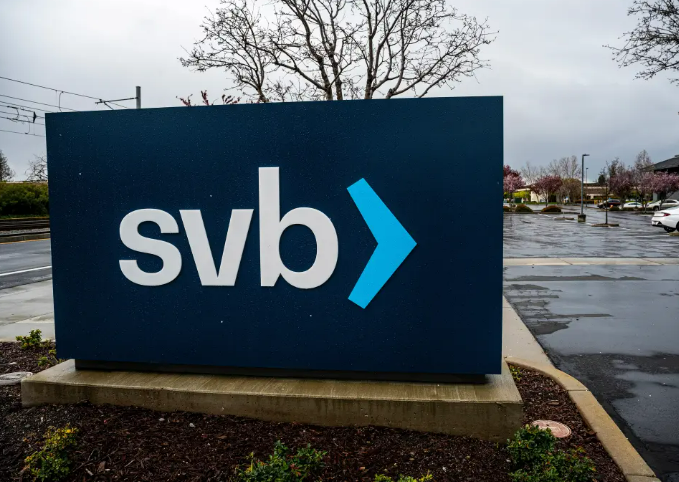The Fed is considering stricter rules for mid-sized banks after the collapse of SVB Financial Group and Signature Bank. They could target lenders with assets between $100 billion and $250 billion.
In 2018, lawmakers rolled back some restrictions imposed after the financial crisis. They had raised a threshold so those holding less than $250 billion in assets, instead of $50 billion previously, could escape more stringent regulatory scrutiny. SVB, the 16th largest lender with about $210 billion in assets, falls into this category.
To meet repayments, banks regularly place some of their customers’ deposits into seemingly safe assets such as Treasury bonds or agency-backed securities. Banks can designate them as “available-for-sale” or “held-to-maturity.” On such assets, large banks are required to reflect unrealized gains and losses in their capital ratios.
But smaller institutions don’t have to do so. Indeed, the Fed had given smaller lenders more leeway in accounting for available-for-sale securities. With little liquidity available and deposits dropping, SVB rushed to offload almost its entire available-for-sale portfolio, resulting in a loss of about $1.8 billion. The bank spooked its customers and triggered a bank run in seeking fresh capital.
But the implementation of new regulatory measures could take time. In the coming months, the central bank should propose changes that could force more banks to show unrealized gains and losses on some securities in their regulatory capital.
Instead of monitoring a dozen banks, the regulator would have to oversee more than 30 institutions. Removing this leniency for small banks would require them to hold more liquidity or gradually raise capital over time.
